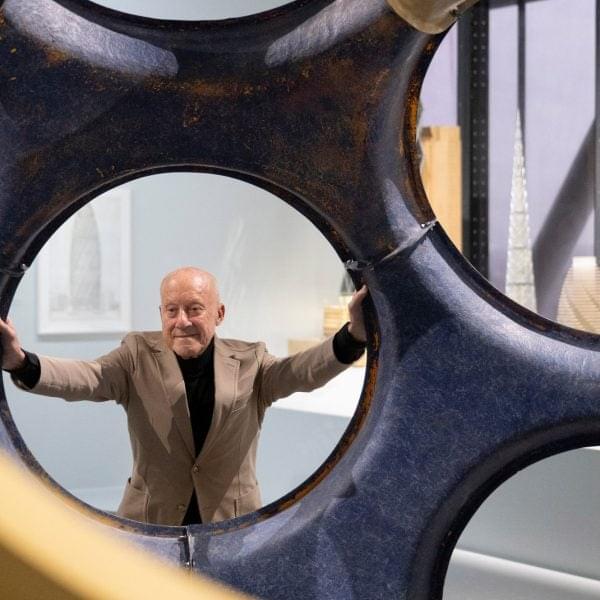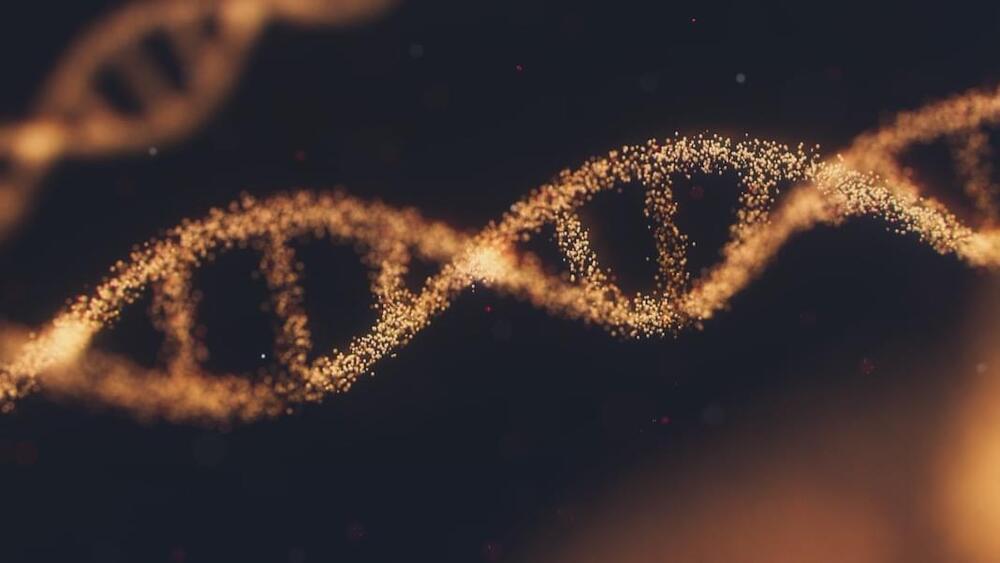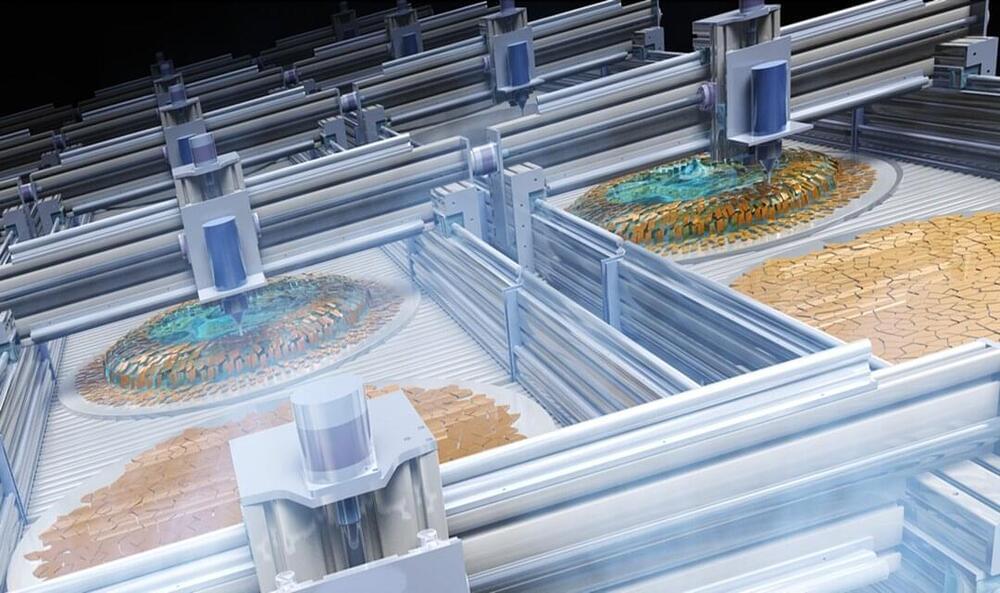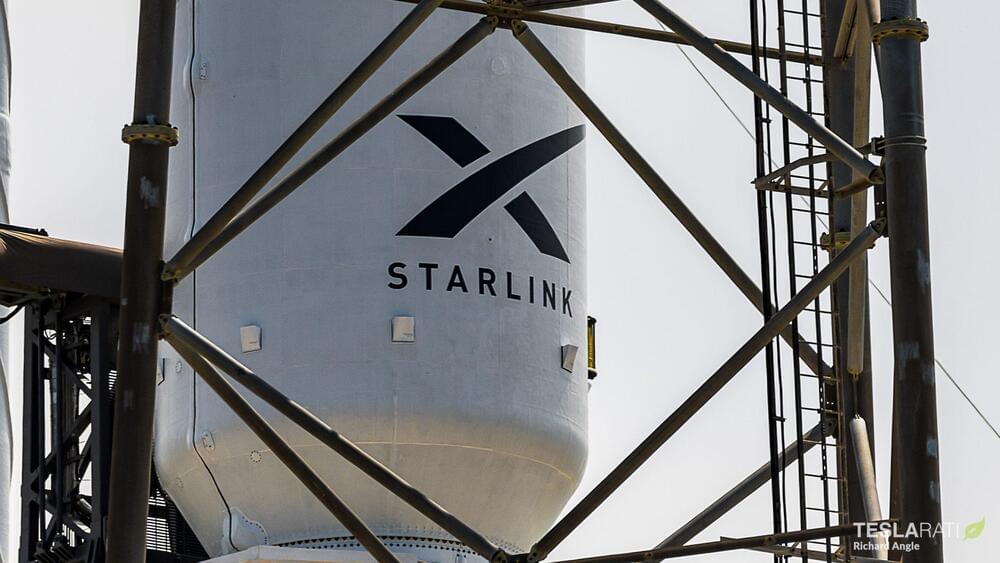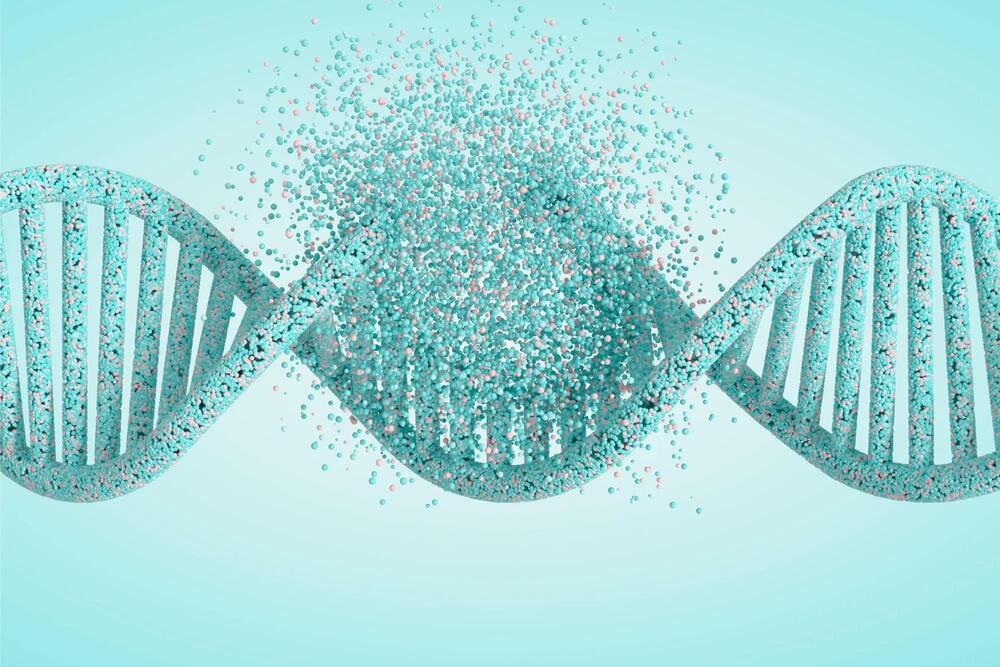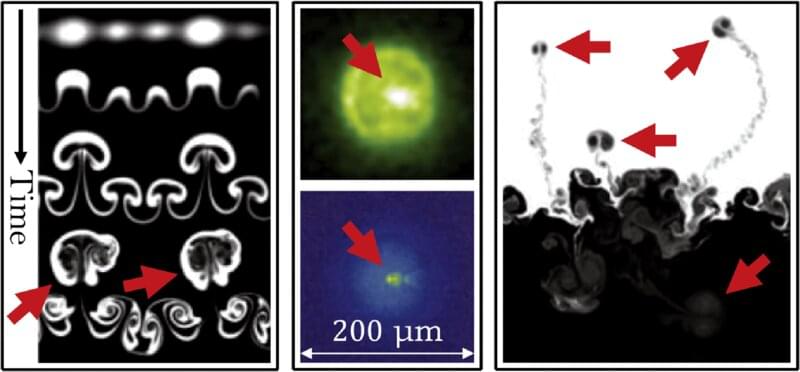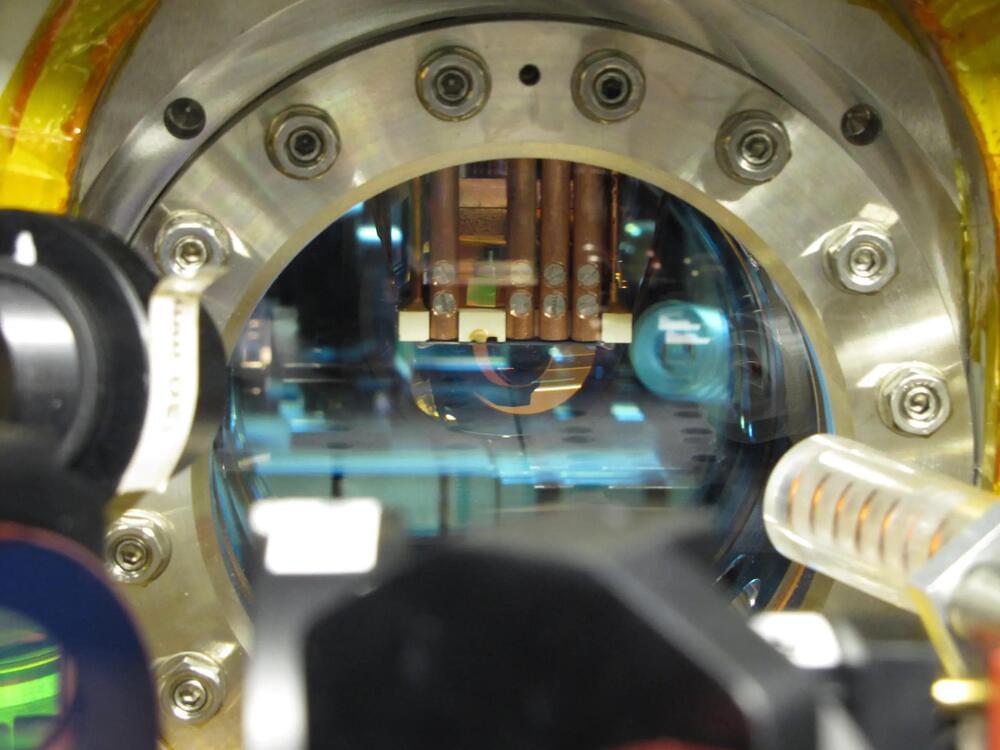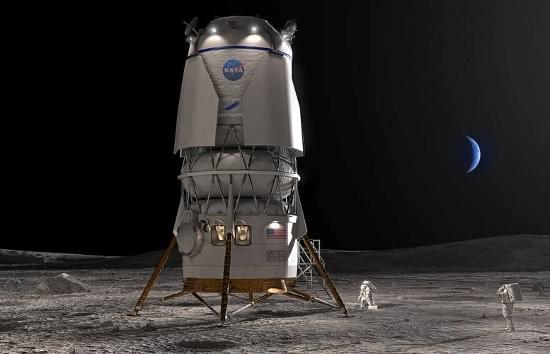May 19, 2023
Norman Foster retrospective exhibition opens at Centre Pompidou in Paris
Posted by Shubham Ghosh Roy in categories: robotics/AI, transportation
An exhibition dedicated to the work of British architect Norman Foster has opened at the Centre Pompidou in Paris, showcasing drawings and original models produced by the architect over the last six decades.
The exhibition, which according to the Norman Foster Foundation is the largest-ever retrospective display of Foster’s work, features around 130 of the architect’s projects including the Hong Kong and Shanghai Banking Corporation Headquarters, Hong Kong International Airport and Apple Park.
Designs that informed Foster’s work are also exhibited, including works by Chinese artist Ai Weiwei, French painter Fernand Léger, Romanian sculptor Constantin Brancusi and Italian painter Umberto Boccioni, and even cars, which the architect is passionate about.
